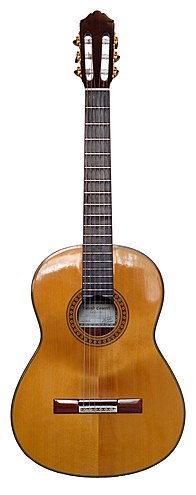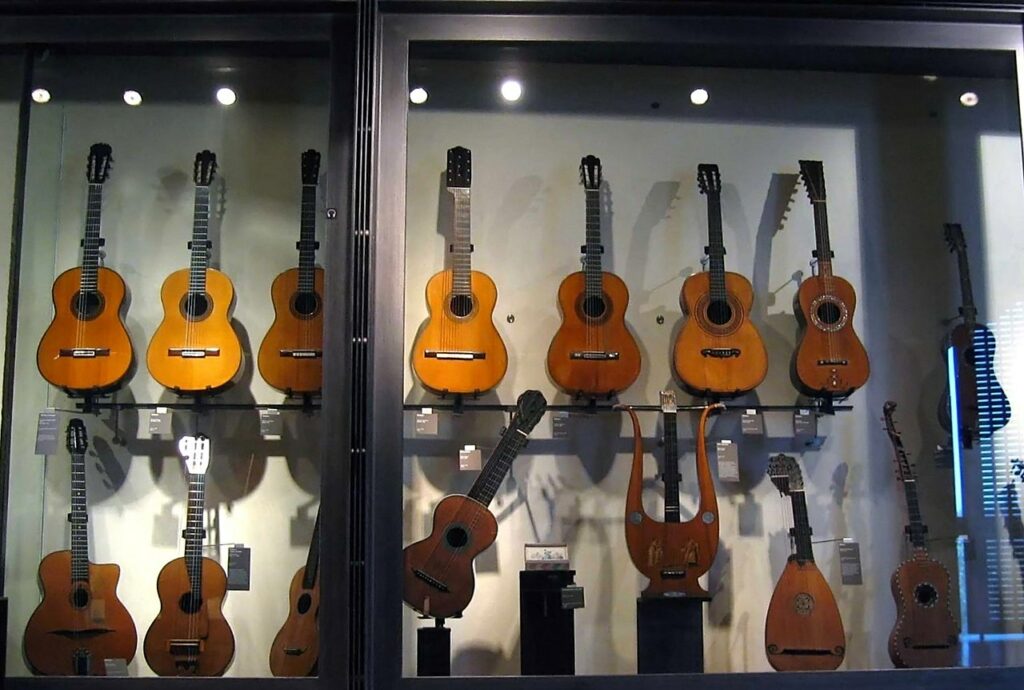
The Spanish guitar, also known as the classical guitar, is a rich cultural icon with a storied history that intertwines with the musical and cultural evolution of Spain. Its journey through time is marked by innovation, artistry, and a profound influence on various music genres worldwide.
Origins and Evolution
The roots of the Spanish guitar trace back to ancient stringed instruments used by various civilizations, including the Egyptians, Greeks, and Romans. However, the modern form of the guitar began to take shape around the 8th century, during the Moorish occupation of Spain. The Moors introduced the oud, a pear-shaped string instrument, which significantly influenced the development of the guitar.
By the 13th century, the guitarra latina emerged in Spain, featuring a design closer to the modern guitar. Over the centuries, the instrument evolved, gradually adopting the shape, size, and features we recognize today. The vihuela, a 16th-century Spanish instrument, also contributed to the guitar’s development, with its tuning and playing style closely resembling the modern classical guitar.
The Golden Age of the Spanish Guitar
The 19th century marked the golden age of the Spanish guitar, largely due to the efforts of master luthiers and musicians who refined the instrument’s design and performance techniques. Antonio de Torres Jurado, a Spanish luthier, played a crucial role in this transformation. He introduced design innovations that enhanced the guitar’s volume and tonal quality, setting the standard for modern classical guitars.
During this period, the guitar gained prominence as a solo instrument, thanks to virtuosos like Francisco Tárrega, who composed and performed works that showcased the guitar’s expressive potential. Tárrega’s contributions laid the groundwork for future generations of guitarists and composers, cementing the guitar’s place in classical music.
Influence and Global Impact
The Spanish guitar’s influence extends far beyond classical music. It has inspired countless genres, including flamenco, a passionate and rhythmic style deeply rooted in the Andalusian region of Spain. Flamenco guitarists like Paco de Lucía have elevated the instrument’s status, showcasing its versatility and emotional depth.
Moreover, the Spanish guitar has left an indelible mark on popular music genres worldwide, from folk and jazz to rock and blues. Its warm, resonant tones have captivated audiences and musicians alike, leading to its incorporation into various musical traditions.
The Spanish Guitar Today
Today, the Spanish guitar continues to enchant listeners with its timeless beauty and versatility. It remains a favorite among classical musicians and an essential element in flamenco and other world music genres. Modern luthiers continue to innovate, crafting guitars that honor traditional methods while exploring new materials and technologies.
Through centuries of evolution and cultural exchange, the Spanish guitar has become a symbol of artistic expression and a testament to the enduring power of music to connect people across cultures and generations.


Download, listen, create with the available samples: